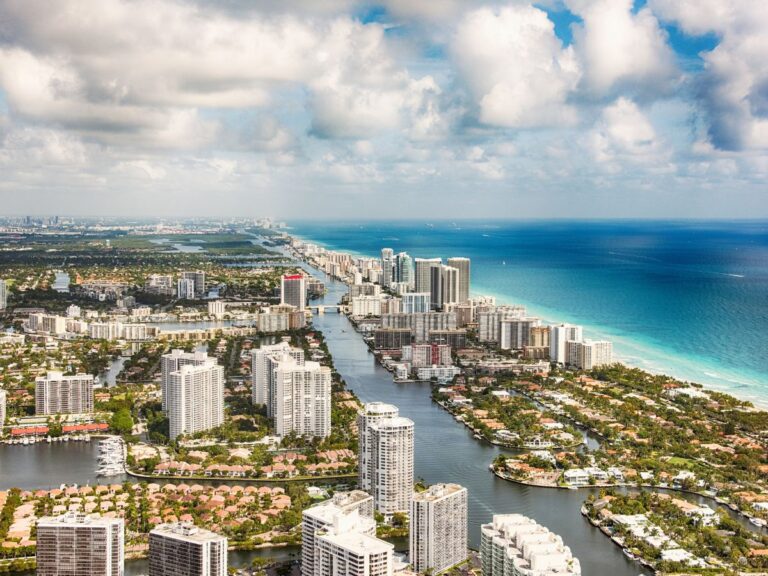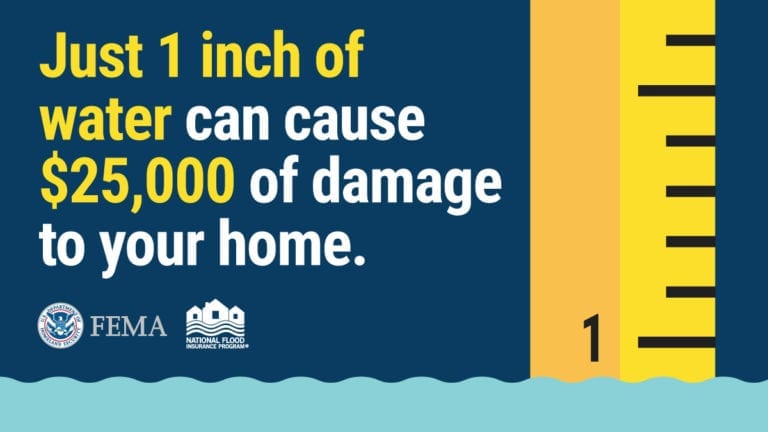White House Report Makes Recommendations on Addressing Climate Risk, Takes Aim at Moral Hazard

More intense and frequent weather extremes carry a range of economic and financial risks to the U.S. economy, according to a new 513-page economic report by the Biden administration. The chapter on climate outlines the role that a federal adaptation strategy could play in managing and reducing physical climate risk, including tackling NFIP reform, improving data modeling, protecting the vulnerable, and addressing moral hazard.
Written by the White House Council of Economic Advisers, the annual report notes that the moral hazard issue influences not just individual behaviors, but also that of state and local governments. “Many decisions relevant to reducing the costs of weather-related disasters — including zoning, building codes, and land-use management — are made at the state or local level,” advisers wrote in the report. “State and local governments making these decisions see benefits in growth and tax revenues, but they are shielded from the full costs of risky development because of the federal government’s assumption of disaster risk through the NFIP and disaster relief programs.”

Several states have seen rapid development in areas exposed to coastal flooding by sea-level rise, with local governments permitting two or three times more construction in these risky areas than in safer regions (Climate Central and Zillow 2018). Reforming federal programs and private insurance contracts to incentivize or require risk-reducing activities or to place a higher share of costs on those undertaking the risk (e.g., through higher deductibles) can help mitigate issues of moral hazard (Kousky 2022, 38).
The report recommends that the federal government exert more pressure on states to increase transparency and climate resilience, particularly as it relates to flooding. One of the recommendations is to incentivize behavior by tying certain federal funding to actions states take to reduce risk, such as adopting climate resiliency measures and passing flood risk disclosure laws.
“Even without climate change, natural disasters hover on the edge of insurability,” advisers warned. “Without reforms to improve the functioning of insurance markets and reduce the costs of extremes (for instance through zoning changes and building code improvements), climate change could well make many more hazards uninsurable as the frequency and intensity of extremes increase.”
Although the Economic Report of the President isn’t a binding plan, nor does it contain specific policy proposals, it does give an indication of some the issues the administration might prioritize in the coming months.




